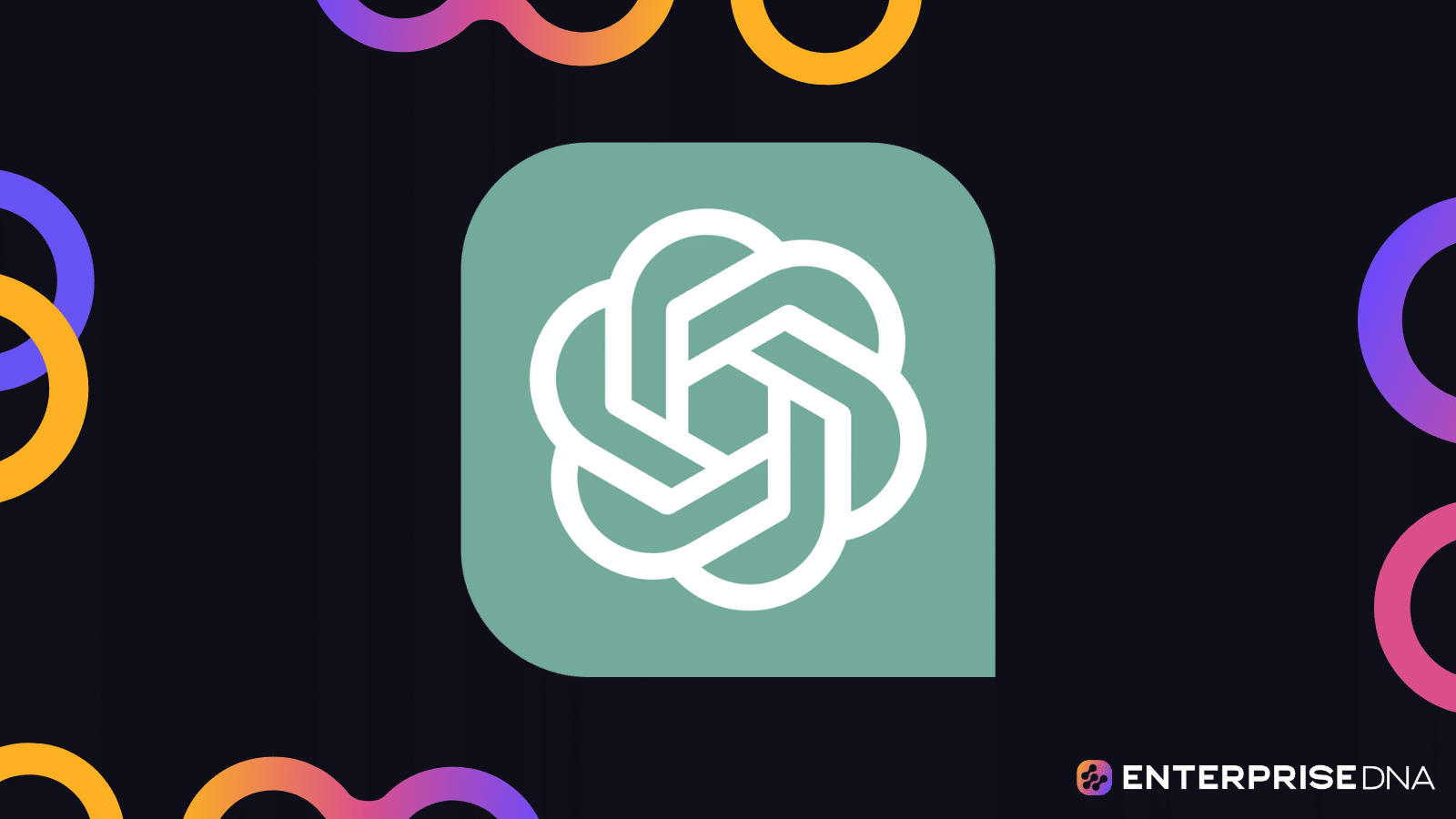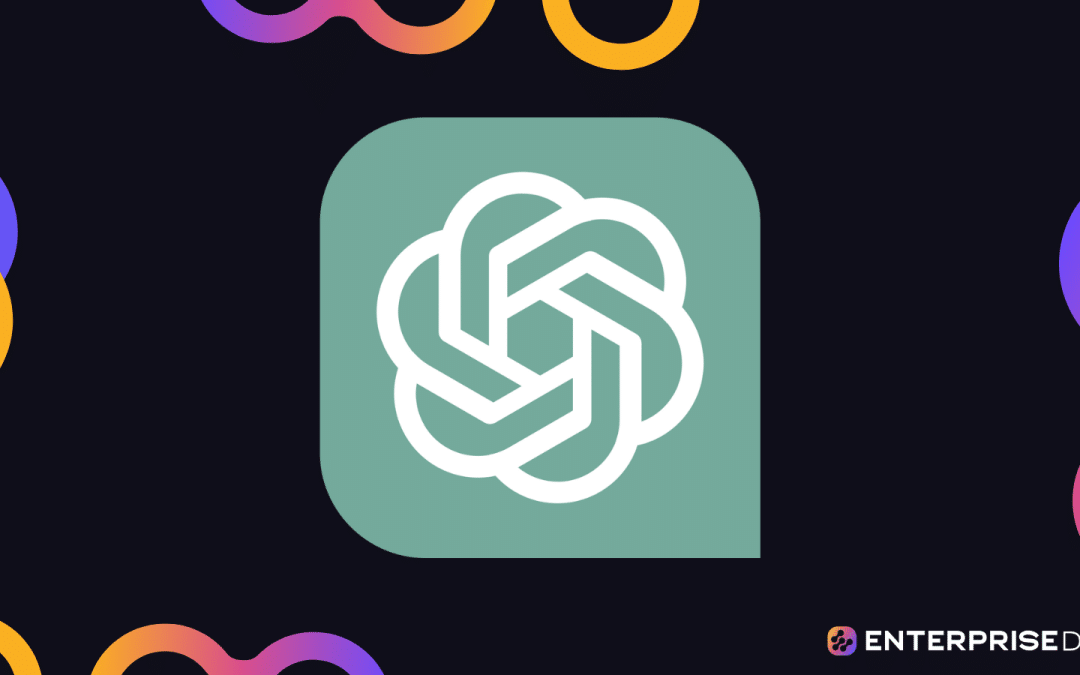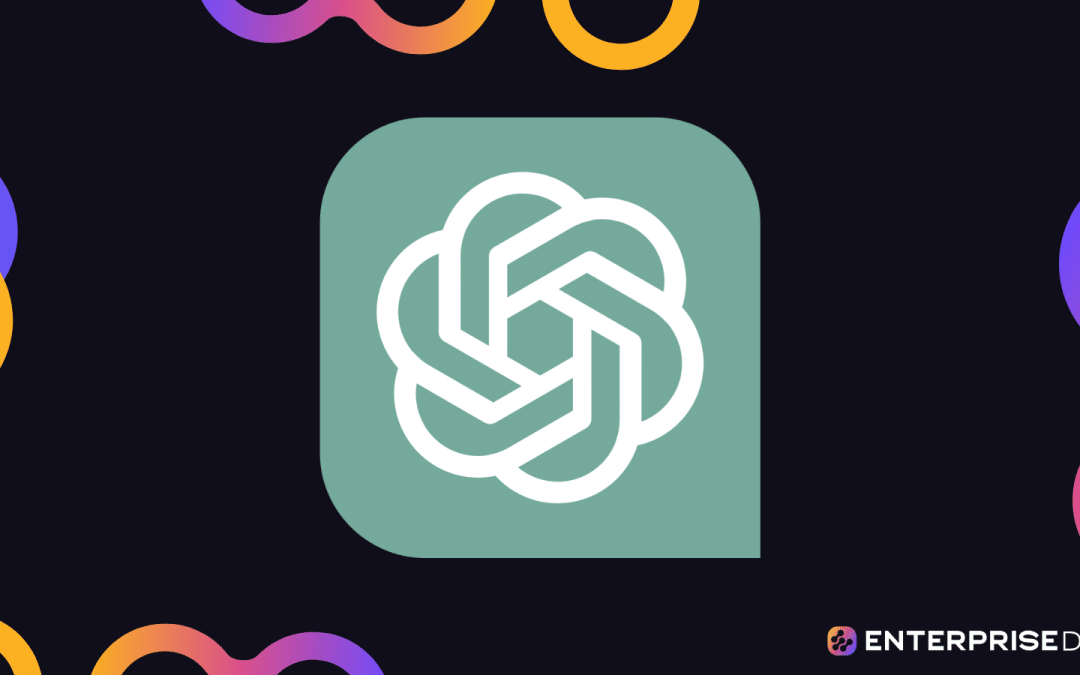Staying ahead of the curve in data analysis is essential to your success in business. One of the most innovative tools at your disposal is ChatGPT, an AI-driven platform designed to streamline your work.
ChatGPT is an invaluable tool for chatdata analysts that can assist in conducting exploratory data analysis, generating insightful visualizations, writing code, and performing advanced statistical modeling.
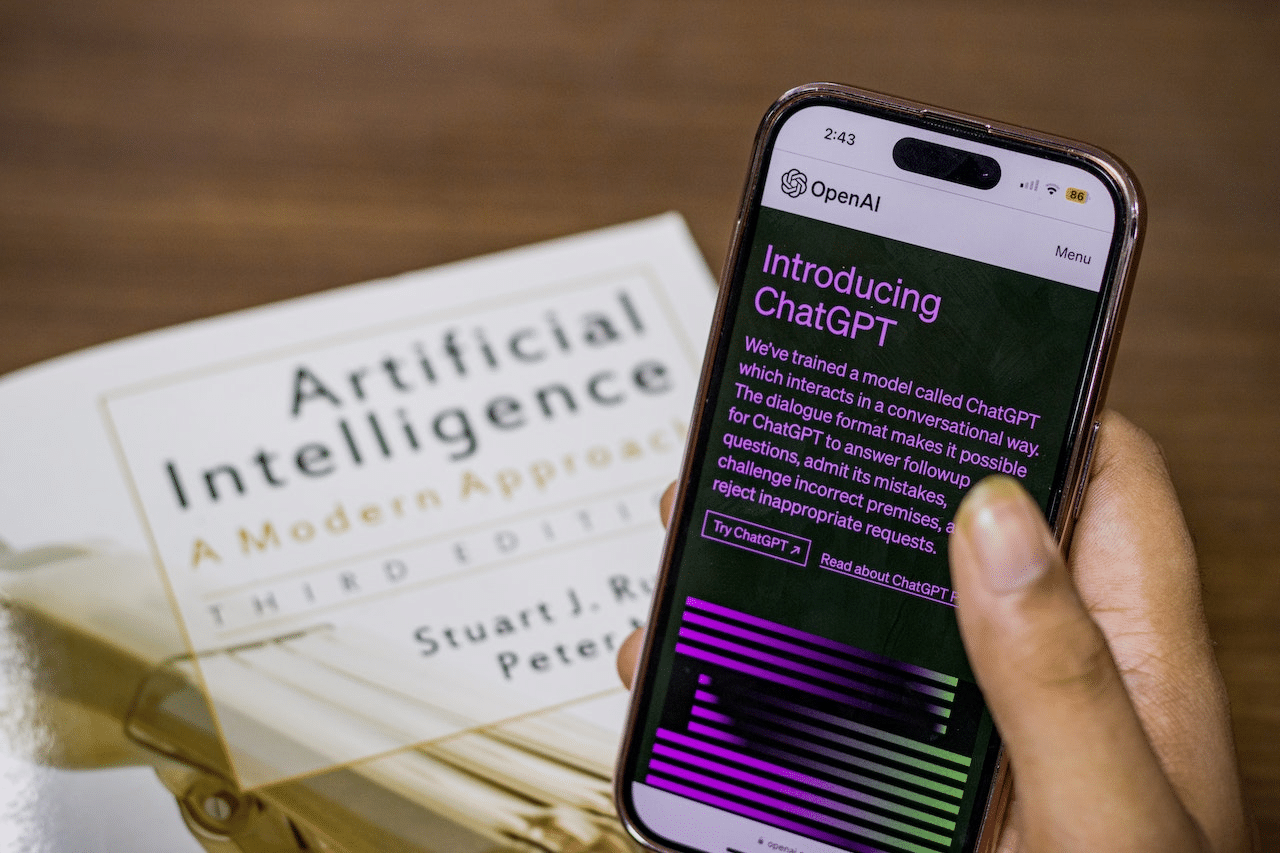
This article will discuss the use of ChatGPT for data analysis, its benefits, limitations, and much more. So strap in and let’s dive in!
What is ChatGPT?
ChatGPT, developed by OpenAI, is a powerful natural language processing (NLP) AI chatbot that uses advanced language models and machine learning techniques to understand natural language queries and generate responses.
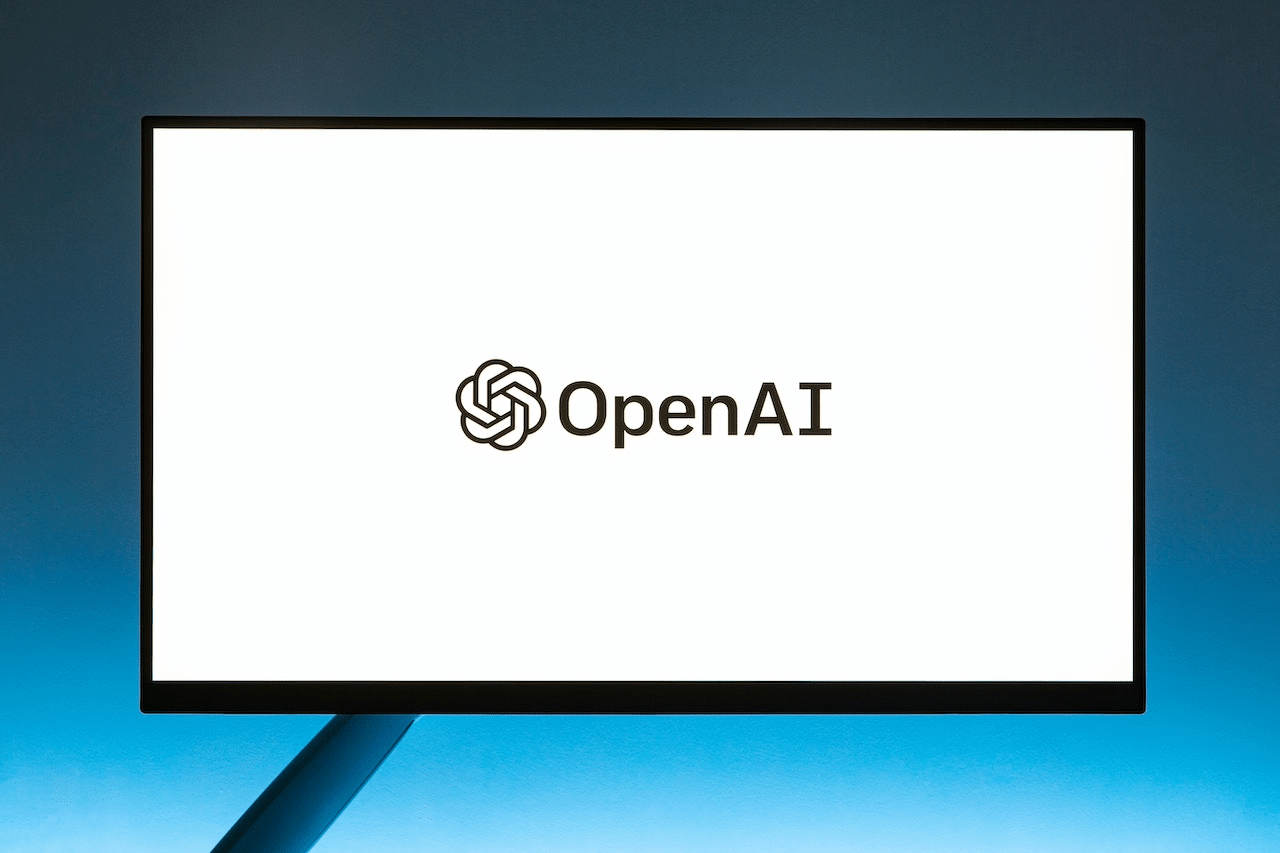
As a data analyst, you can greatly benefit from the abilities of ChatGPT in various tasks, such as:
Generating code snippets in Python, R, SQL, and other programming languages
Analyzing datasets and providing insights
Supporting you in project planning and resource allocation
Assisting with research and data-driven tasks
By incorporating ChatGPT into your workflow, you can save valuable time, streamline complex processes, and enhance your efficiency as a data analyst.
Now that you have a brief overview of what ChatGPT is, let’s take a look at ways ChatGPT is used in data analysis in the next section.
How to Use ChatGPT in Data Analysis
By using its understanding of human language and its ability to generate coherent and contextually appropriate responses, ChatGPT can be a valuable tool in the field of data analysis.
It can provide support in various ways, such as assisting in exploratory data analysis, SQL code generation, making predictions and recommendations, sentiment analysis, and much more.
Let’s discuss in detail how ChatGPT can be used in data analysis.
1. Visualizations
While ChatGPT can’t create images without the code interpreter plugin, it can be a valuable tool in coming up with ideas for the best way to visualize your data analysis tasks.
It can help you come up with ideas for insightful charts and graphs that enable you and your audience to understand the relationships within your datasets.
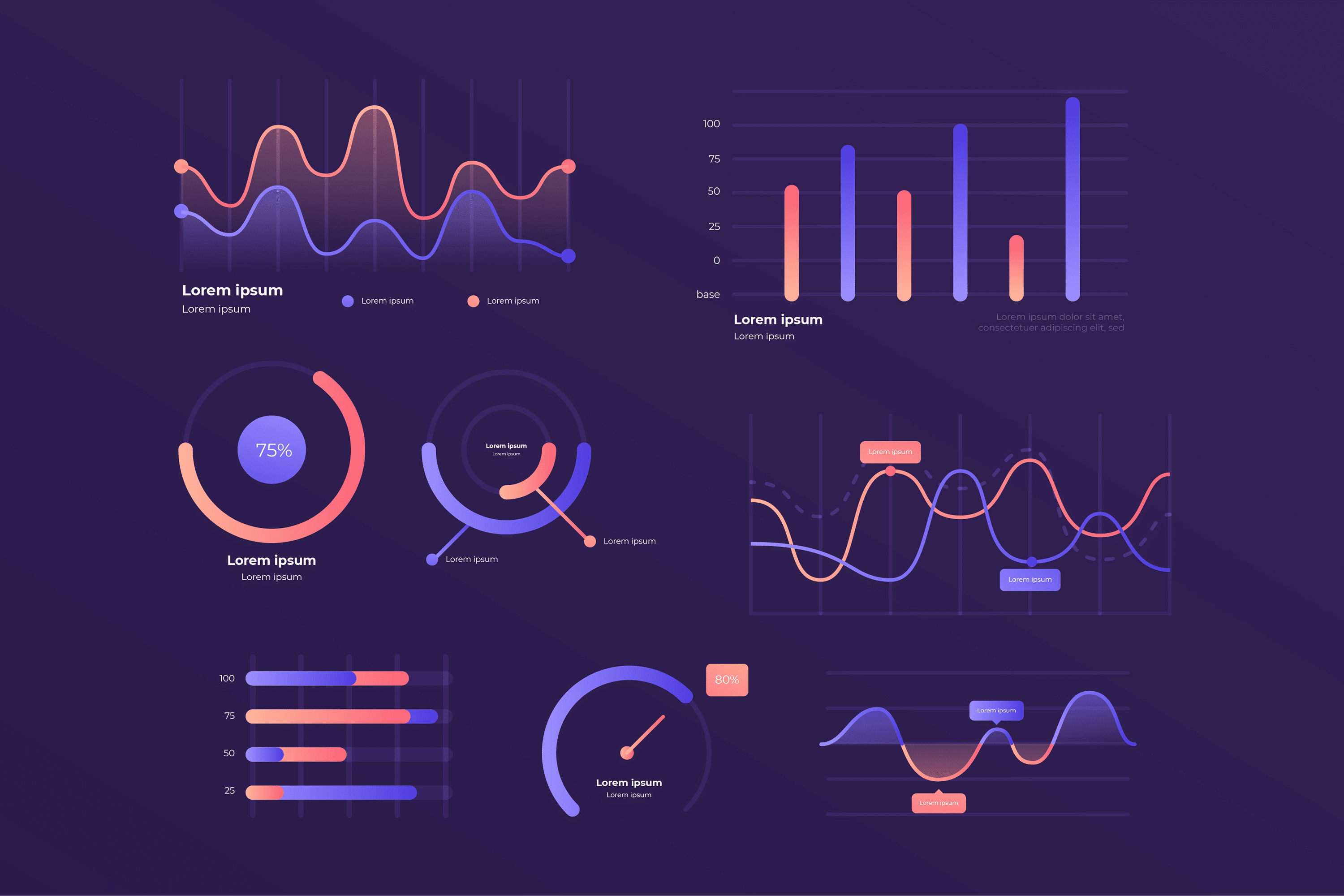
2. Predictions
Using ChatGPT in your predictive analytics can help you achieve more accurate results and streamline your workflow. With its machine learning capabilities, ChatGPT allows you to:
Assist you in coming up with forecasting models based on your data.
Optimize existing predictive models to generate reports with improvements.
Discover novel associations and trends within your data.
Here’s an example of test data for the customer churn prediction scenario:
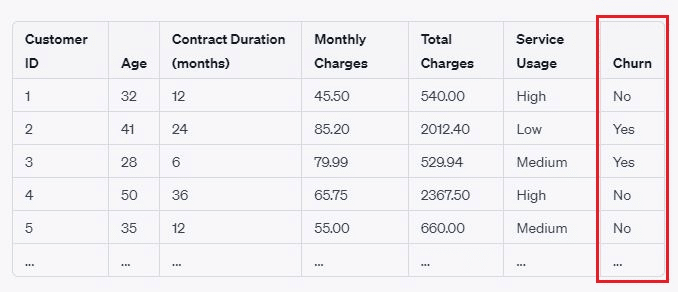
In this example, we have several customer attributes such as Age, Contract Duration, Monthly Charges, Total Charges, Service Usage, and the target variable Churn.
Each row represents a customer, and the columns contain their corresponding attributes. The Churn column indicates whether a customer has churned (Yes) or not (No).
You can use this test data to evaluate the trained predictive model and the integrated ChatGPT system. By inputting the customer attributes into the system, you can observe the predictions generated by the model and interact with ChatGPT to obtain explanations or ask questions about potential churn.
3. Recommendations
ChatGPT can give you recommendations for your data analysis projects that can help you to make more informed decisions. Using its machine learning and natural language understanding, ChatGPT can:
Suggest relevant features for model building and analysis.
Offer practical approaches to address data quality issues.
Guide on selecting the best analytics tools and techniques for your specific use case.
Below is an illustration of real-world data analysis project recommendations from ChatGPT, along with example datasets:
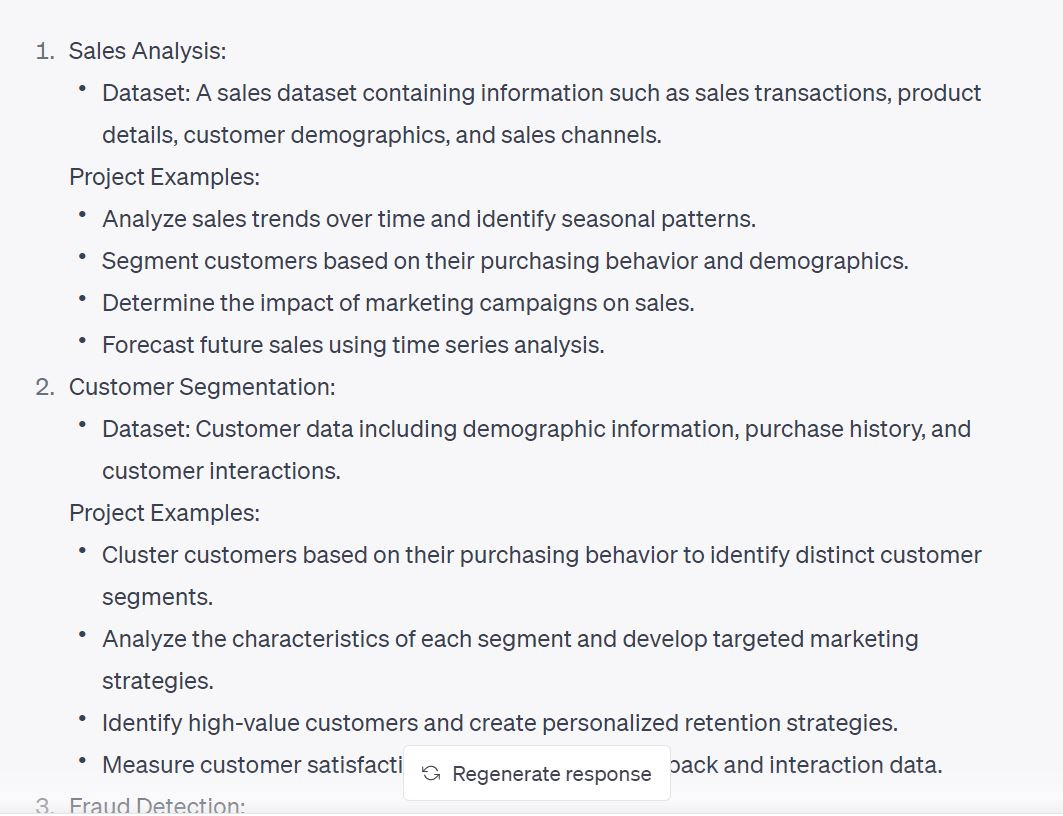
Remember, these are just a few examples, and there are countless other possibilities depending on your specific industry and data availability.
Tailor the projects to suit your interests and objectives, and make sure to respect data privacy and ethical considerations throughout your analysis.
4. Exploratory Data Analysis
ChatGPT can assist you with exploratory data analysis (EDA), a vital step in understanding your data and formulating hypotheses. By using ChatGPT, you can:
Receive guidance on which variables or relationships to examine.
Get suggestions for data transformations to optimize your analysis.
Obtain informative summary statistics on your datasets.
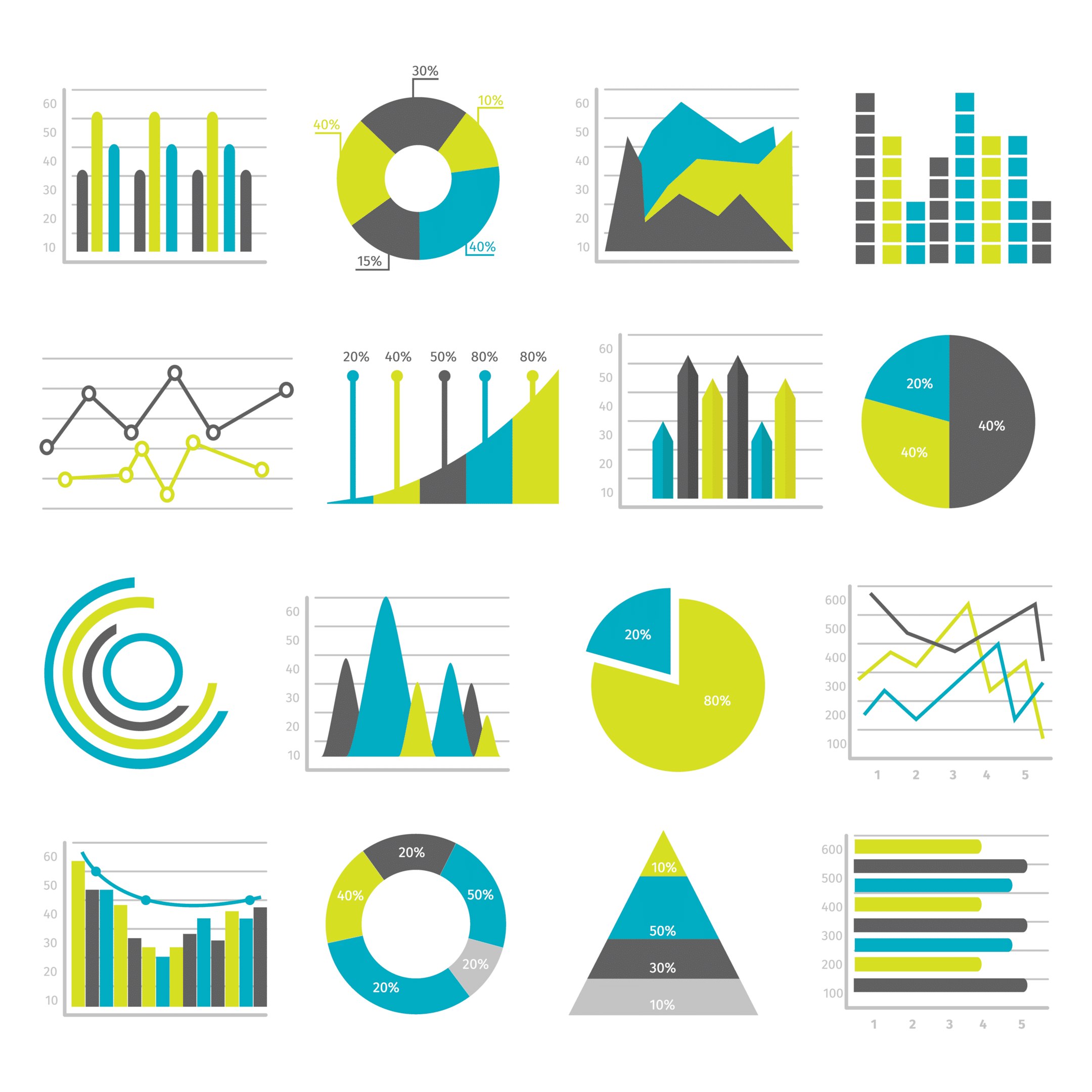
Utilizing ChatGPT in your data analysis workflow empowers you to make more informed decisions, create visually appealing representations, and optimize your analytical processes.
5. SQL Code Generation
ChatGPT can assist data analysts in their day-to-day work by rapidly generating SQL code snippets based on natural language inputs.
This cuts down on the time spent writing complex queries, so you can dedicate more time to interpreting the query results and deriving actionable insights from your data.
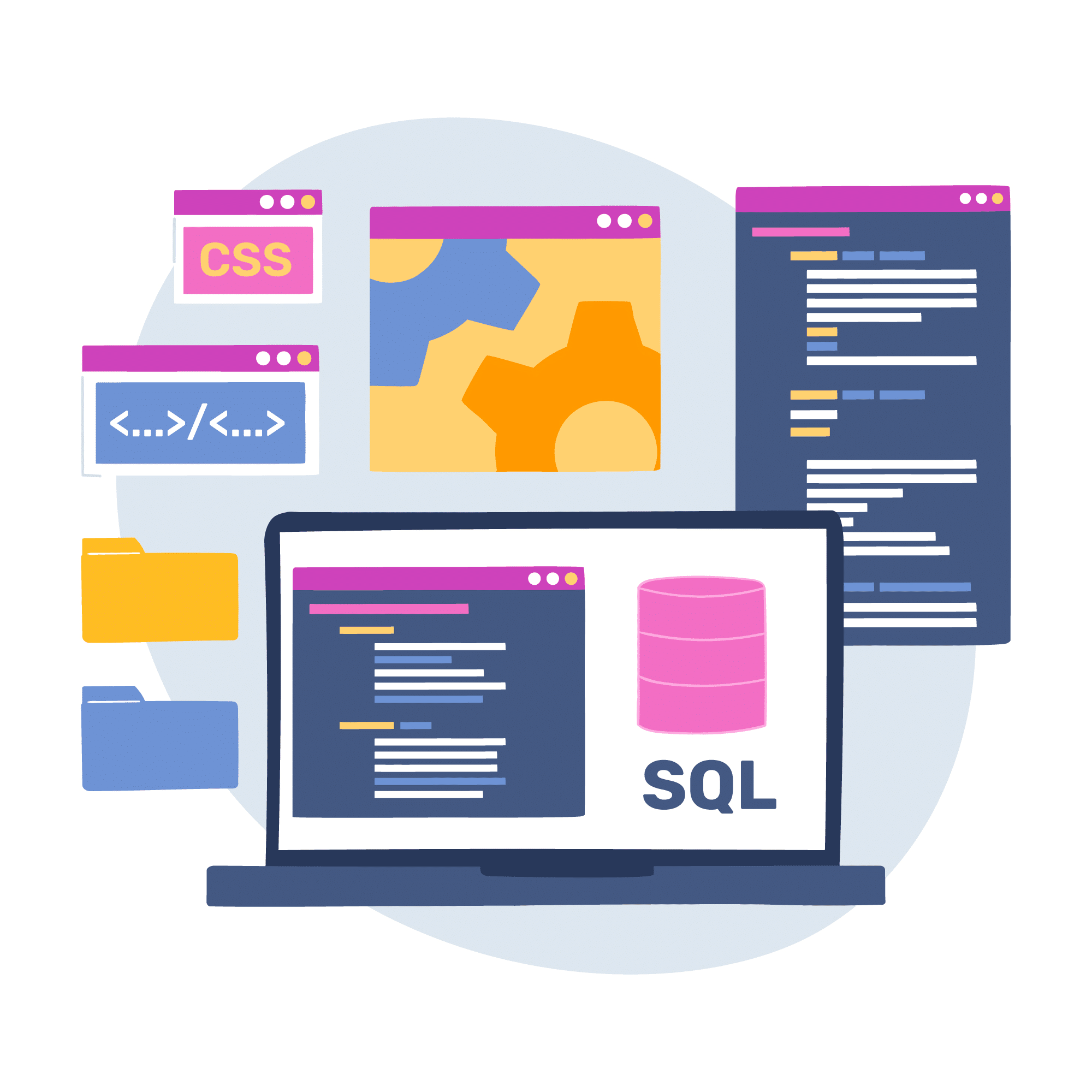
For example, you could ask ChatGPT to create a SQL query to fetch a specific set of data, like:
“Show me the average revenue by month for the year 2020.”
ChatGPT can translate this into an SQL query like:
SELECT AVG(revenue) AS average_revenue, MONTH(date) AS month
FROM sales
WHERE YEAR(date) = 2020
GROUP BY MONTH(date);6. Sentiment Analysis
In addition to code generation, ChatGPT can be utilized to perform sentiment analysis on large amounts of text data.
As a data analyst, you can use this feature to understand customer feedback, social media presence, or even internal company communications.
The process involves using ChatGPT to naturally process and assign a sentiment score to each piece of text data. These scores can then be grouped, summarized, and visualized to provide valuable information to guide decision-making in an organization.
In summary, as a data analyst, you can use ChatGPT to:
Fetch and analyze vast datasets.
Perform exploratory data analysis, including generating summaries and visualizations.
Generate SQL code snippets, simplifying your querying processes.
Perform sentiment analysis on text data to gain valuable insights into customer and organizational sentiment.
[wpforms id=”211279″]
By adopting ChatGPT in your data strategy, you can increase your efficiency and make better-informed decisions to drive growth and success for your organization.
In the next section, we look at 6 benefits of using ChatGPT in the field of data analysis.
Top 6 Benefits of Using ChatGPT for Data Analysis
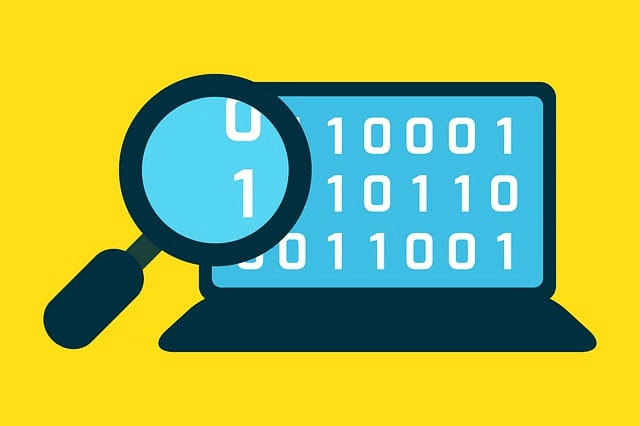
ChatGPT presents a range of benefits to data analysts, helping them tackle various challenges.
Discussed below are the top benefits of using ChatGPT for data analysis.
Quick Access to Information: Data analysts often need to refer to documentation, libraries, and programming languages while working on their analysis tasks. ChatGPT can provide quick access to information by answering questions, explaining concepts, and providing code snippets, reducing the time spent searching for resources.
On-Demand Support: Data analysts can rely on ChatGPT as an on-demand support system. They can ask questions, seek clarifications, or request guidance on various data analysis topics and tips for further analysis. ChatGPT can provide immediate responses, allowing analysts to overcome roadblocks or gain insights without having to wait for assistance from colleagues or superiors.
Machine Learning Guidance: Data analysts often work with machine learning models to extract insights or build predictive models. ChatGPT can guide in selecting appropriate machine learning algorithms, feature engineering techniques, model evaluation methods, and parameter tuning strategies. This can help analysts make informed decisions and optimize their models effectively.
Data Preprocessing and Cleaning: Data analysts spend a significant amount of time preparing and cleaning data before analysis. ChatGPT can provide recommendations on data preprocessing techniques, handling missing values, dealing with outliers, and resolving quality issues in customer data. This can help streamline the data preparation process and ensure quality analysis.
Handling Large Datasets: Data analysts often work with large datasets that can be time-consuming to process and analyze. ChatGPT can assist in handling such datasets by providing suggestions on efficient data manipulation techniques, data cleaning methods, and data visualization options. This can help analysts streamline their workflow and improve productivity.
Statistical Analysis and Modeling: ChatGPT can assist data analysts in performing statistical analyses and building models. Analysts can seek guidance on selecting the appropriate statistical tests, understanding model assumptions, interpreting results, and choosing the right machine learning algorithms.
ChatGPT also has limitations, just like any other technology today. Find out what these limitations are in the next section.
Limitations of ChatGPT in Data Analysis

As a data analyst, you may find that ChatGPT has some limitations.
Some significant concerns when using ChatGPT or any AI language model for your data operations include:
ChatGPT is not always perfect at understanding nuanced or technical language, which may affect the accuracy of its analysis in specialized domains.
There might be cases where context is crucial, and ChatGPT may provide incorrect or irrelevant responses if it does not understand the context.
Don’t use it to analyze data for real-time, high-stakes decisions as there may be a chance of errors or unexpected outputs.
Reliability can be an issue, as the model may not always provide consistent results.
The model may have access to sensitive information. Ensure that you use the tool on trusted platforms and follow the necessary precautions to safeguard your data.
AI models, including ChatGPT, can sometimes generate outputs that may seem plausible but are incorrect or misleading. Always verify and cross-check the information provided by the tool to ensure data integrity.
Be mindful of potential data biases affecting ChatGPT’s responses, as its training data may contain real-world biases. Remaining aware of potential biases can help you mitigate their impact on your data.
All things considered, ChatGPT is a valuable tool in data analysis but should always be complemented with human expertise and vigilance.
In the next section, we cover ways in which ChatGPT can help you as a data analyst to explore data from different angles.
How ChatGPT Can Help Data Analysts Explore Data from Different Angles and Uncover Hidden Patterns
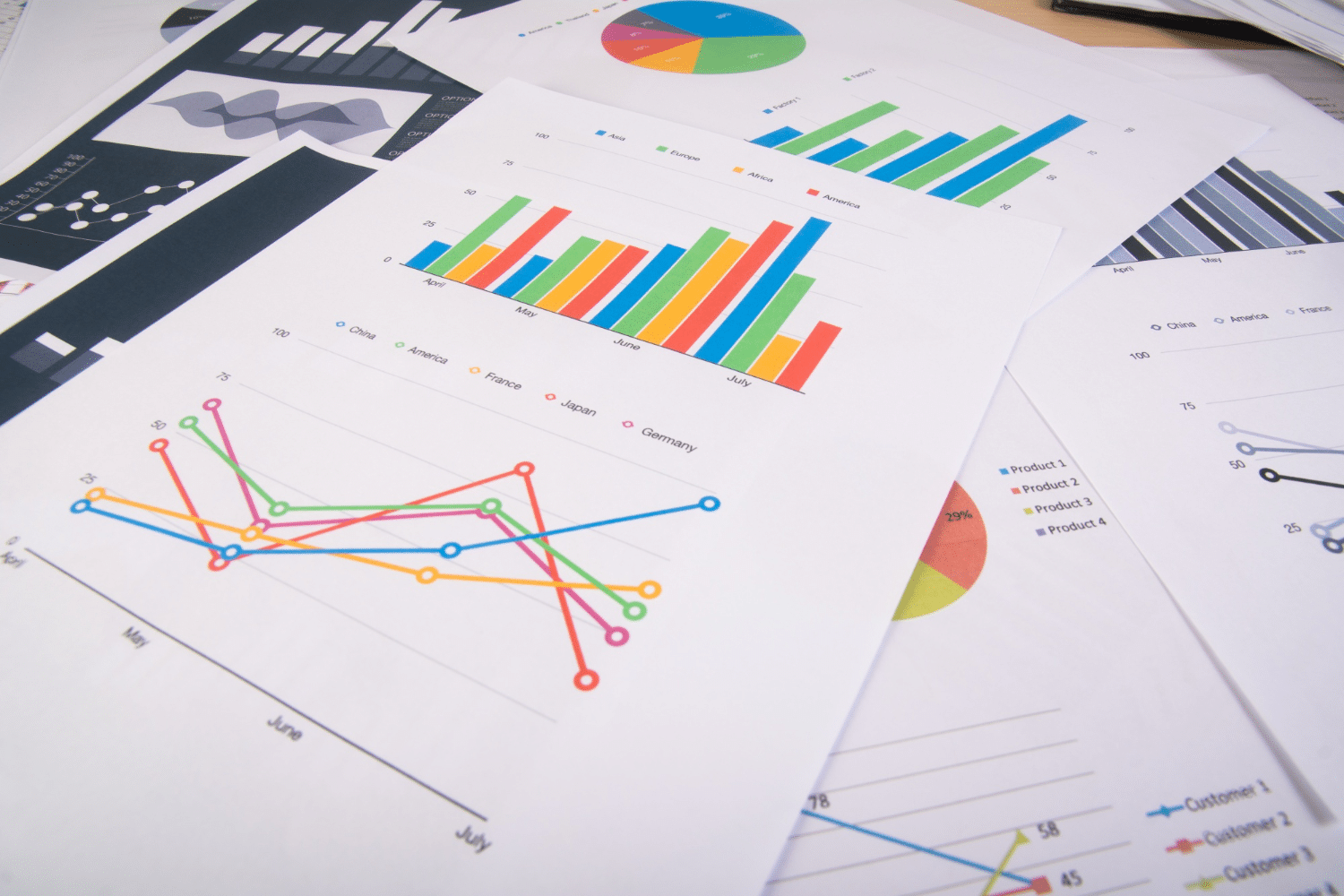
ChatGPT can be a valuable tool for analysts to explore data from various angles and uncover hidden patterns.
Here’s how it can assist in the data exploration process:
1. Generate Alternative Perspectives
ChatGPT can help analysts think outside the box by generating alternative perspectives and hypotheses about data.
By exploring different angles, analysts can uncover patterns that may not be immediately apparent.
For example, ChatGPT can generate data on variables such as customer demographics, usage patterns, service details, and whether the customer churned or not. It can then generate alternative perspectives and hypotheses about the factors influencing customer churn.
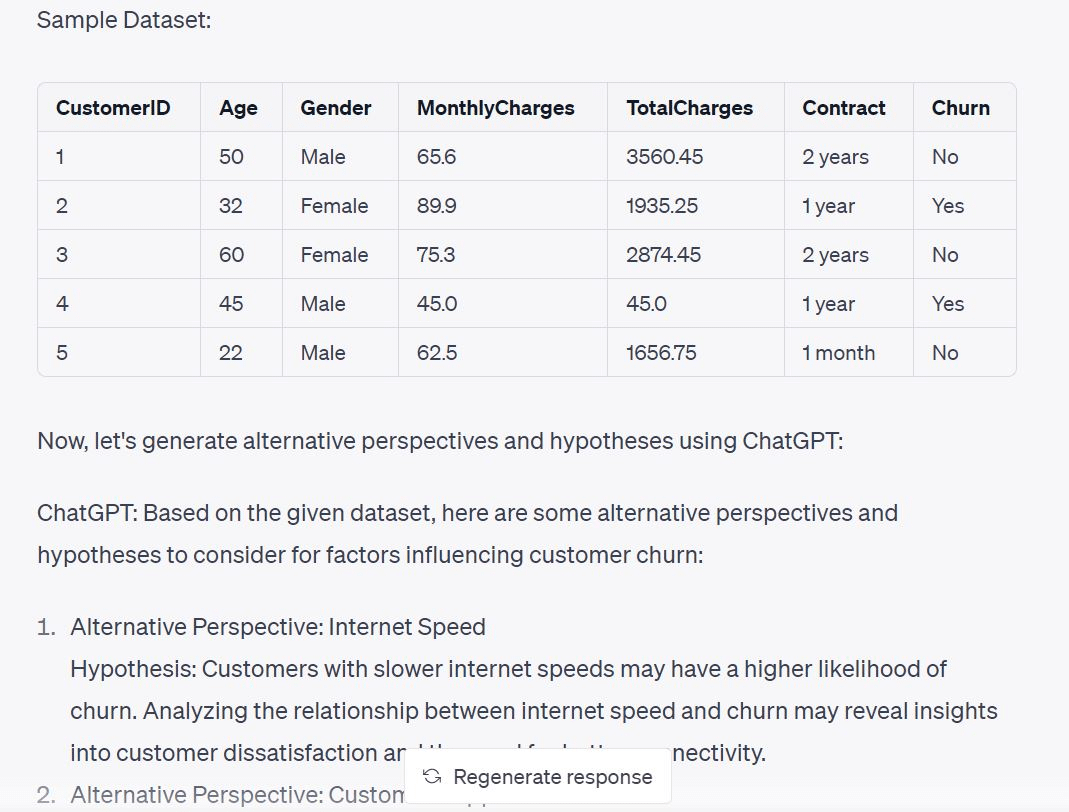
These alternative perspectives and hypotheses generated by ChatGPT serve as starting points for further exploration and analysis.
You can test these hypotheses using statistical methods, build predictive models, or perform deeper data analysis to validate or refine these perspectives in your specific context.
2. Provide Context and Domain Knowledge
ChatGPT can offer contextual information and domain knowledge related to the dataset.
It can provide explanations of statistical concepts, algorithms, or methodologies that analysts may not be familiar with.
This can help analysts make more informed decisions and guide their exploration.
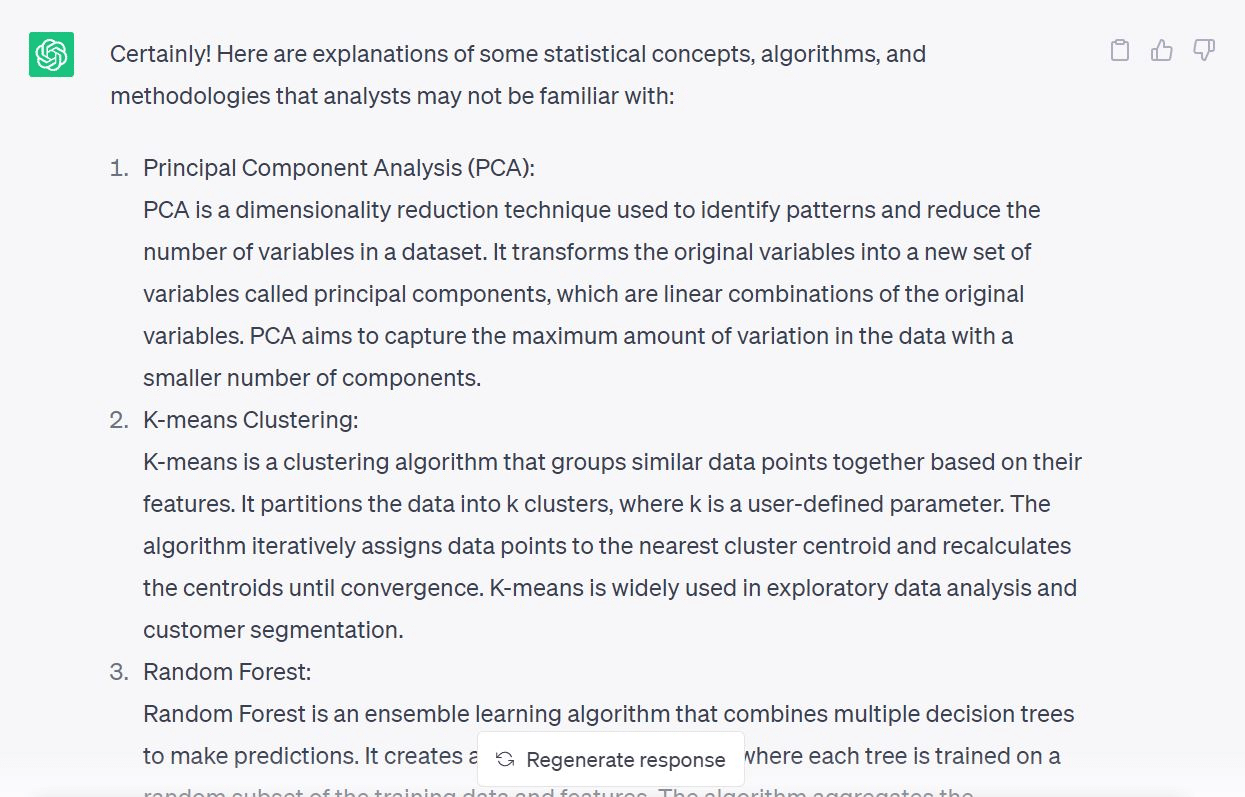
3. Identify Patterns and Anomalies
ChatGPT can help analysts identify patterns and anomalies in the data by analyzing the information across different dimensions.
It can uncover relationships or trends that might have been missed initially and alert analysts of any unusual observations that require further investigation.
For example, let’s say we have a dataset containing daily temperature readings for a particular city over several years. We want to identify any unusual patterns or anomalies in the data that might indicate extreme weather events or data recording errors.
Here’s a snippet of the dataset:
Date Temperature (°C)
--------------------------------
2019-01-01 18.5
2019-01-02 19.2
2019-01-03 20.1
2019-01-04 18.9
2019-01-05 17.3
... ...Using ChatGPT, we can perform the following steps to identify patterns and anomalies:
1. Exploratory Data Analysis: We can ask ChatGPT to analyze the dataset and provide insights on the overall distribution of temperatures. For example, we can ask questions like:
“What is the average temperature in the dataset?”
“Are there any noticeable trends or seasonality in the temperature readings?”
“Can you plot a histogram of the temperature values?”
2. Time Series Analysis: ChatGPT can help us analyze the time series data and identify any significant patterns or trends. We can ask questions like:
“Are there any recurring patterns or cycles in the temperature data?”
“Can you identify any long-term trends or changes in temperature over the years?”
“What are the highest and lowest temperature values recorded in the dataset?”
3. Anomaly Detection: ChatGPT can assist in detecting anomalies or outliers in the temperature data. We can ask questions like:
“Are there any instances where the temperature deviates significantly from the average?”
“Can you identify any extreme temperature values that might indicate unusual weather conditions?”
“Are there any sudden jumps or drops in temperature that might be considered anomalies?”
By engaging with ChatGPT, analysts can explore the data, ask specific questions, and receive insights that can help them identify patterns and anomalies.
This iterative process allows analysts to gain a deeper understanding of the data and make informed decisions based on the findings.
4. Support Hypothesis Testing
Analysts can formulate hypotheses based on their initial exploration, and ChatGPT can help design experiments or suggest statistical tests to validate those hypotheses.
It can provide guidance and recommend appropriate methodologies for hypothesis testing.
Let’s say you have a dataset containing information about the sales of two different products, A and B, in different regions. You want to test the hypothesis that the average sales of product A are higher than the average sales of product B.
Here’s how ChatGPT can help you with hypothesis testing:
1. State the null and alternative hypotheses
Null Hypothesis (H0): The average sales of product A are equal to or less than the average sales of product B.
Alternative Hypothesis (HA): The average sales of product A are higher than the average sales of product B.
2. Choose a significance level
Select a significance level (?) to determine the threshold for rejecting the null hypothesis. Common choices are 0.05 (5%) or 0.01 (1%).
3. Perform a t-test
Calculate the t-statistic and p-value to evaluate the hypothesis. The t-test compares the means of two groups to determine if they are significantly different. In this case, you would perform an independent two-sample t-test.
4. Interpret the results
Based on the p-value obtained from the t-test, you can either reject or fail to reject the null hypothesis.
If the p-value is less than the chosen significance level (?), you reject the null hypothesis and conclude that there is evidence to support the alternative hypothesis. If the p-value is greater than ?, you fail to reject the null hypothesis.
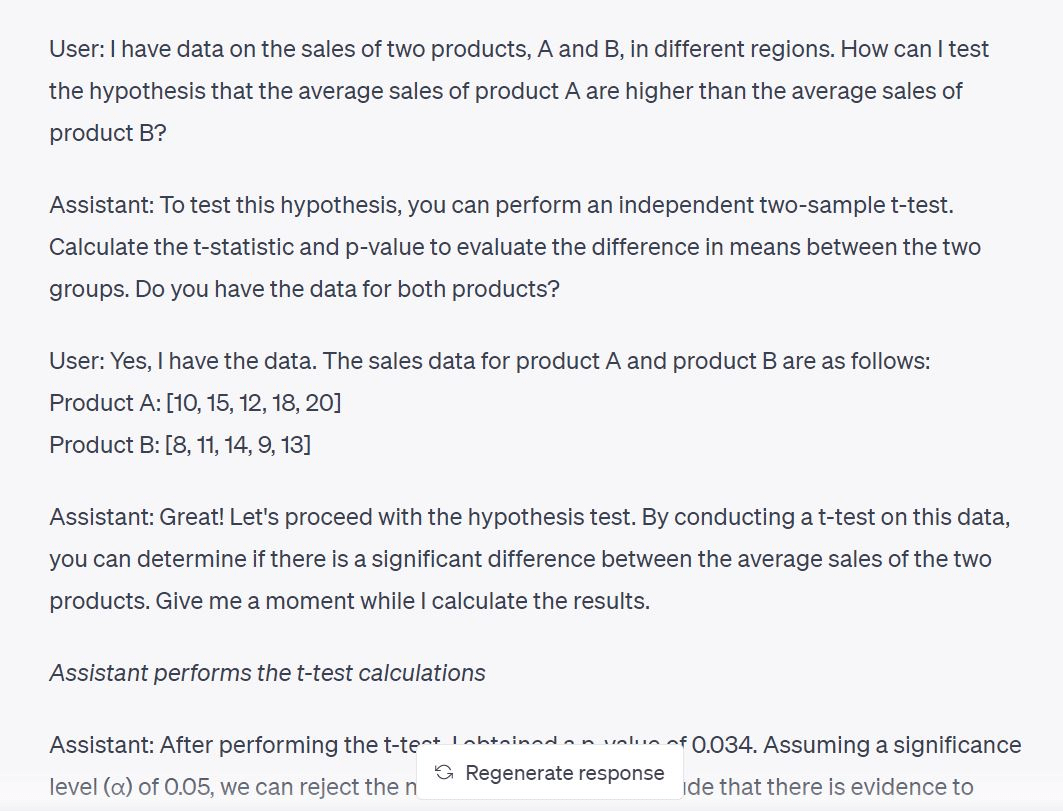
5. Facilitate Data-Driven Decision-Making
ChatGPT can provide insights based on patterns it discovers in the data. Analysts can leverage these insights to make data-driven decisions, identify potential risks, or develop strategies to optimize processes and improve performance.

To learn more about finding patterns in data, watch this video from the EnterpriseDNA YouTube channel:
In the next section, we cover common data analysis challenges and ways a data analyst can use ChatGPT to find solutions to them.
How ChatGPT Can Help Data Analysts Address Common Data Analysis Challenges
ChatGPT can be a valuable resource in addressing common challenges encountered during the data analysis process.
Here are a few ways in which ChatGPT can assist:
1. Lack of Domain Expertise
Challenge
Data analysts may encounter datasets from unfamiliar domains, which can make it difficult to understand the data and extract meaningful insights.
Solution
ChatGPT can assist by providing domain-specific knowledge and explanations. It can help analysts understand the context, relevant variables, and common analysis techniques specific to the domain.
By asking questions and receiving guidance from ChatGPT, analysts can overcome the lack of domain expertise.
2. Data Cleaning and Preprocessing
Challenge
Data often requires extensive cleaning and preprocessing before analysis. Identifying and handling missing values, outliers, and inconsistent formats can be time-consuming and error-prone.
Solution
ChatGPT can suggest data cleaning techniques, such as handling missing values, outlier detection methods, and standardizing data formats.
It can guide on best practices and recommend appropriate data preprocessing steps, helping analysts streamline this process and ensure data quality.
3. Complex Statistical Analysis
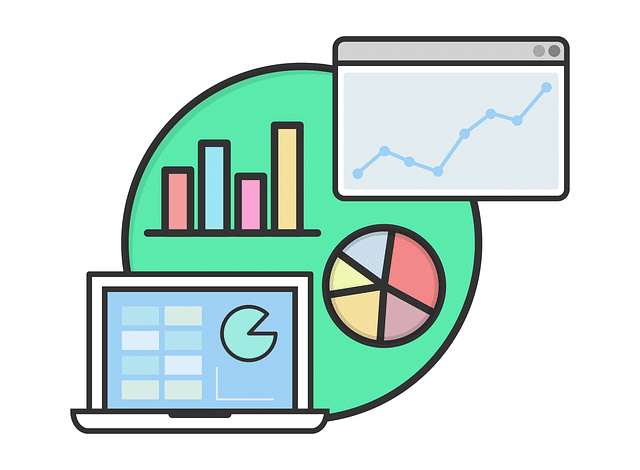
Challenge
Performing complex statistical analyses, such as regression, time series analysis, or clustering, requires expertise in statistical modeling and programming.
Solution
ChatGPT can help in statistical analysis techniques and explain the underlying concepts. It can suggest appropriate models and methodologies based on the data and research questions for your business intelligence needs.
Additionally, ChatGPT can help analysts interpret and validate the results of statistical analyses.
4. Report Writing and Communication
Challenge
Communicating analysis findings clearly can be challenging, especially when catering to different stakeholders with varying levels of technical knowledge.
Solution
ChatGPT can assist in generating reports by summarizing key findings from data sources, suggesting visualizations, proofreading content, and refining the language. It can also help in explaining complex concepts in a user-friendly manner.
ChatGPT’s assistance improves the clarity and quality of reports, making them more accessible to a wider audience.
Let’s now look at what the future may look like in data analytics with the potential that ChatGPT has to offer.
Future of ChatGPT in Data Analytics
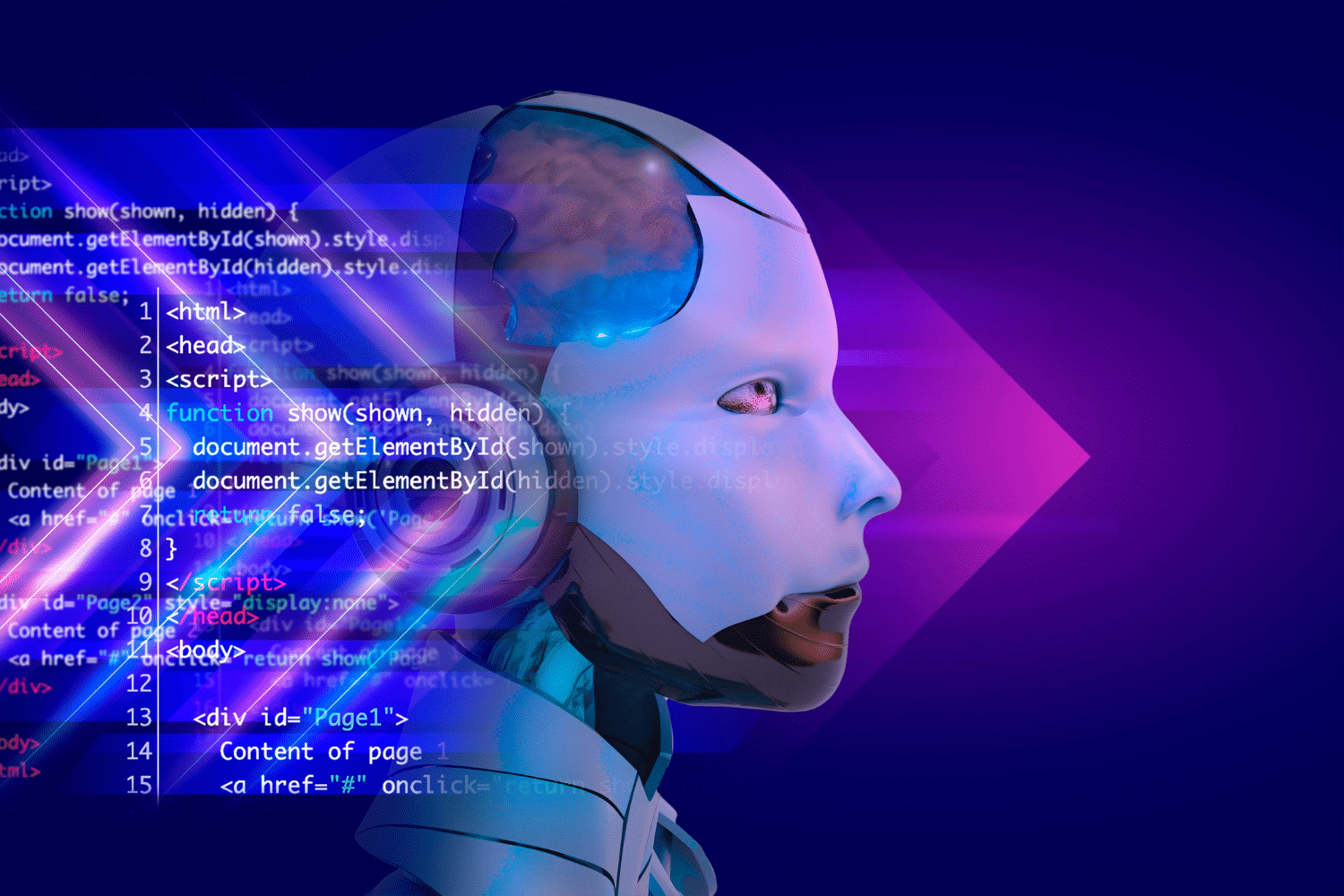
As a data analyst, you’re probably aware of the rapidly evolving landscape of data analytics. With artificial intelligence (AI) and machine learning (ML) becoming increasingly prevalent, tools like ChatGPT, an AI language model that can understand and generate natural language, are transforming data operations.
One key advantage of ChatGPT is its ability to automate some tasks that traditionally fall under the realm of analytical jobs.
This means you can streamline processes such as data cleaning, preprocessing, and even identifying potential feature engineering opportunities.
By minimizing the time spent on manual tasks, you can focus more on complex aspects of your work.
Here are a few potential advancements we might see:
Enhanced Data Exploration: ChatGPT could assist data analysts in exploring and understanding complex datasets more effectively. By conversing with analysts, the model can provide interactive and dynamic data visualizations, answer ad-hoc questions about the data, and offer insights and recommendations based on patterns it discovers.
Automated Data Preparation: Data cleaning, preprocessing, and feature engineering are time-consuming tasks in the data analysis pipeline. ChatGPT could assist in automating some of these steps by understanding analyst instructions, suggesting data transformations, and performing data wrangling tasks based on conversational input, ultimately accelerating the data preparation phase.
Augmented Data Modeling: ChatGPT could act as a collaborator for data analysts during the modeling phase. Analysts could discuss their hypotheses, experimental setups, and model evaluation strategies with the language model. ChatGPT can generate alternative approaches, provide insights on potential pitfalls, and help refine the modeling process through interactive discussions.
Explainable AI and Interpretability: AI models often face scrutiny due to their black-box nature. Future iterations of ChatGPT could incorporate explainability features to help analysts understand how the model arrived at its conclusions. By providing explanations, justifications, and visualizations, ChatGPT can assist in interpreting the results of complex data analyses and improve transparency.
Automated Report Generation: ChatGPT could generate comprehensive reports summarizing the results of data analysis. By understanding the context, desired audience, and requirements, ChatGPT could generate human-readable reports with visualizations, key insights, and actionable recommendations, saving time and effort for analysts.
Real-time Data Monitoring: ChatGPT could continuously monitor data streams and alert analysts of anomalies or interesting patterns in real time. By interacting with analysts and providing notifications or insights as they occur, ChatGPT can enable proactive decision-making and help identify critical trends or emerging issues.
Final Thoughts

As you continue to navigate the future of data analytics, embracing tools like ChatGPT and taking advantage of their capabilities will be essential for data scientists looking to stay ahead of the curve.
Leveraging AI advancements like ChatGPT will not only boost efficiency in a data analyst’s job but may also prove to be a game-changer in improving the data analysis workflow.
In this article, we’ve explored how ChatGPT can be used by data analysts, the benefits of using ChatGPT for data analysis, the limitations of ChatGPT plus some challenges in data analytics, and how ChatGPT can be used to solve these challenges.
We’ve given you a clear perspective of how you, as a data analyst, can use ChatGPT to make your work more efficient while saving time and ensuring quality analysis!

